Water is a precious resource, and conserving it is essential for sustainable gardening. One effective way to reduce water usage and lower your water bill is by using rain barrels to harvest rainwater. In this article, we’ll explore the benefits of using rain barrels, how to set them up, and tips for maintaining them to maximize water conservation in your garden.
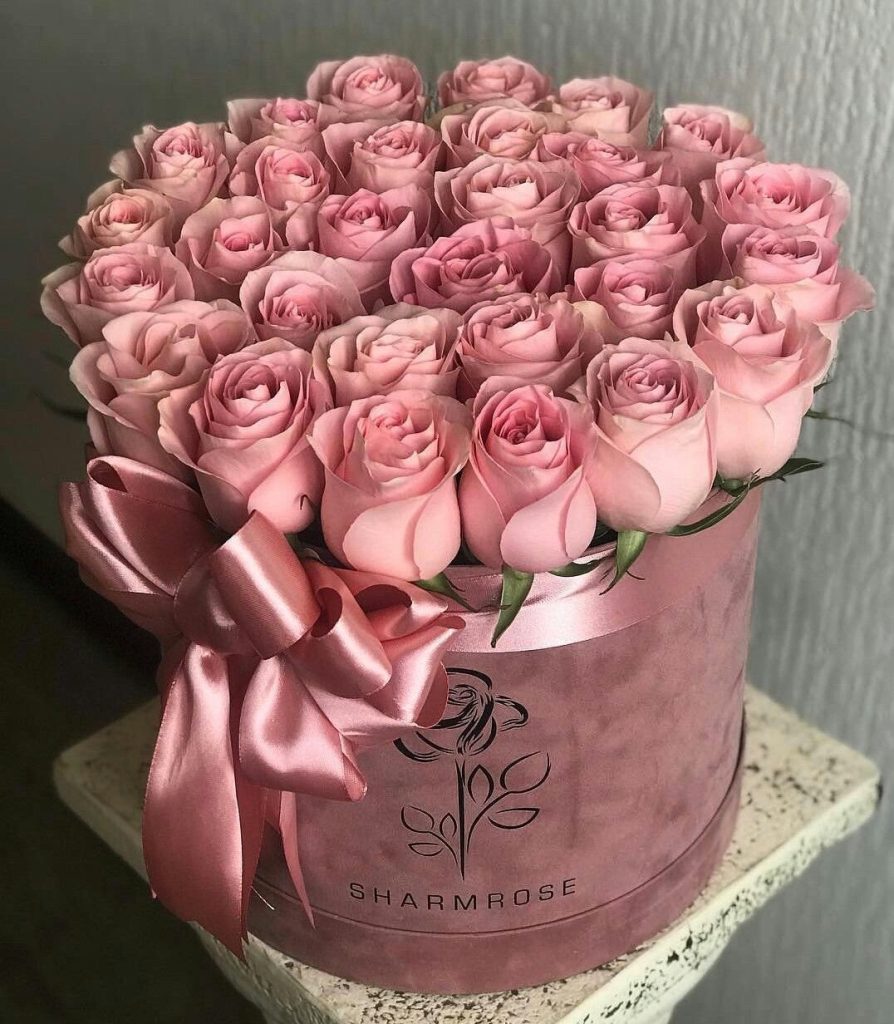
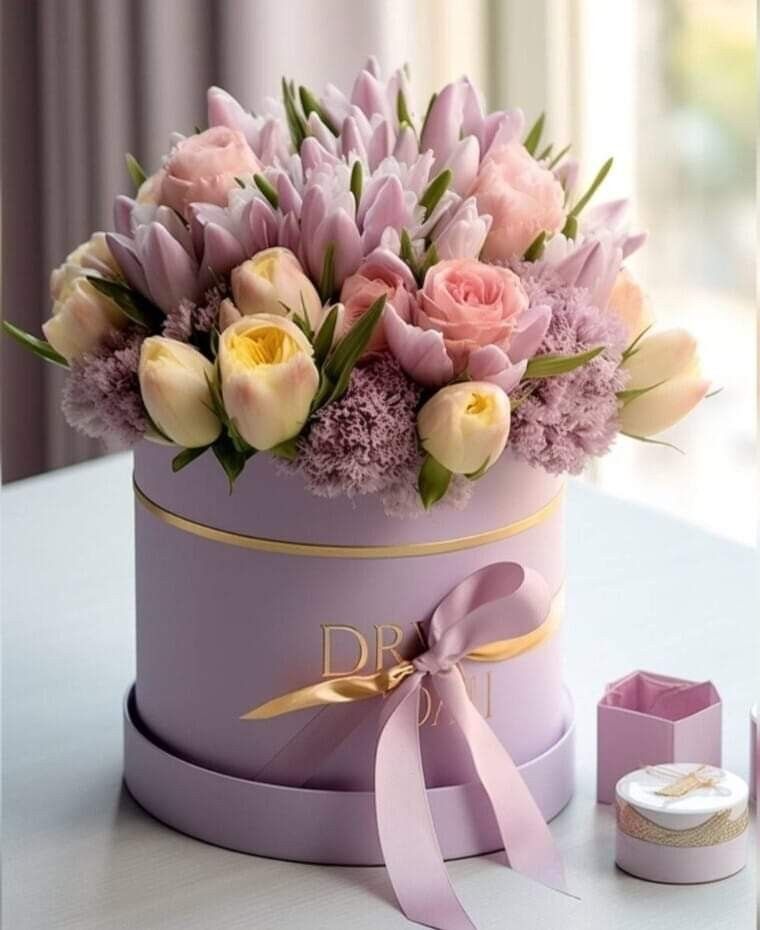
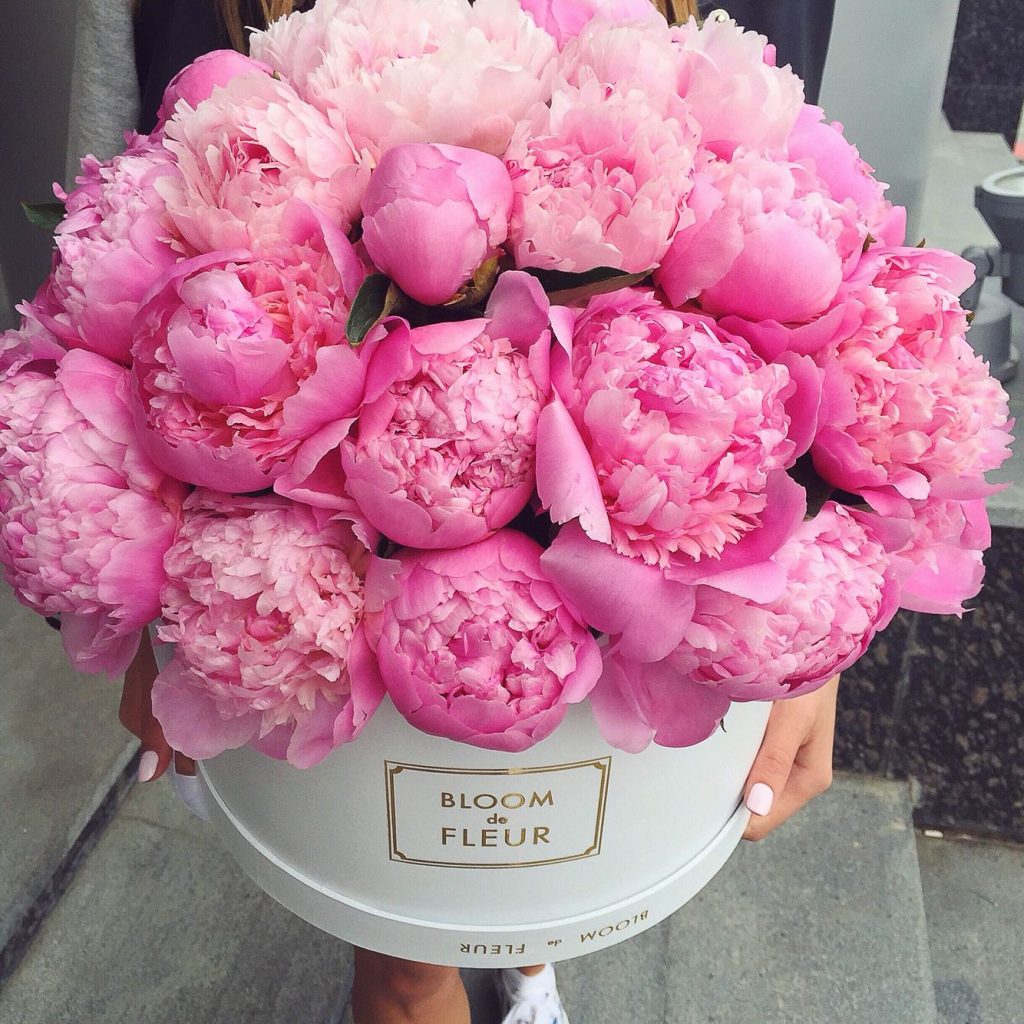
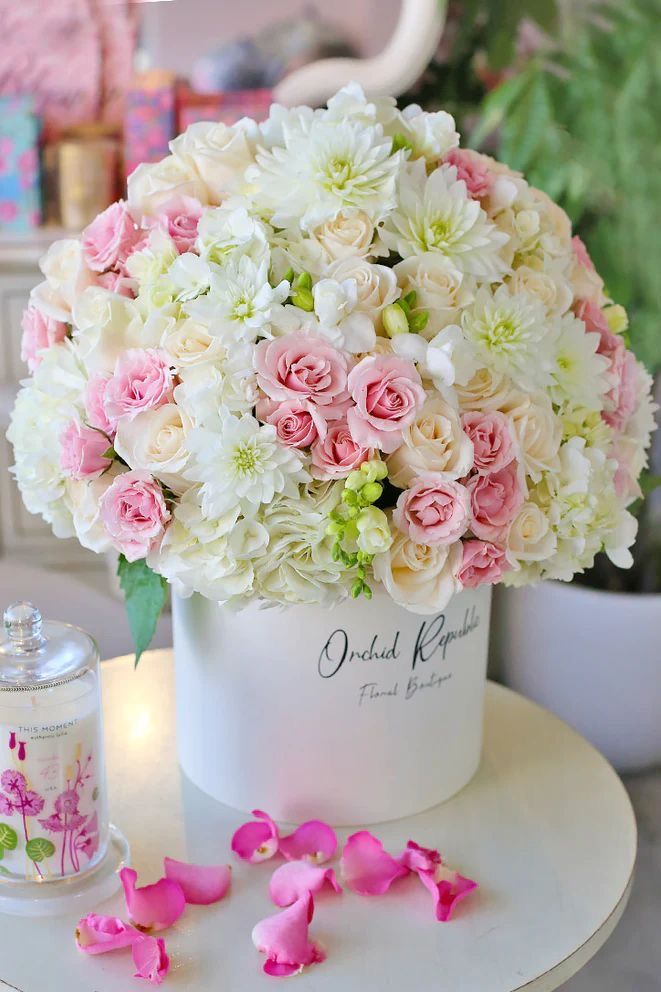

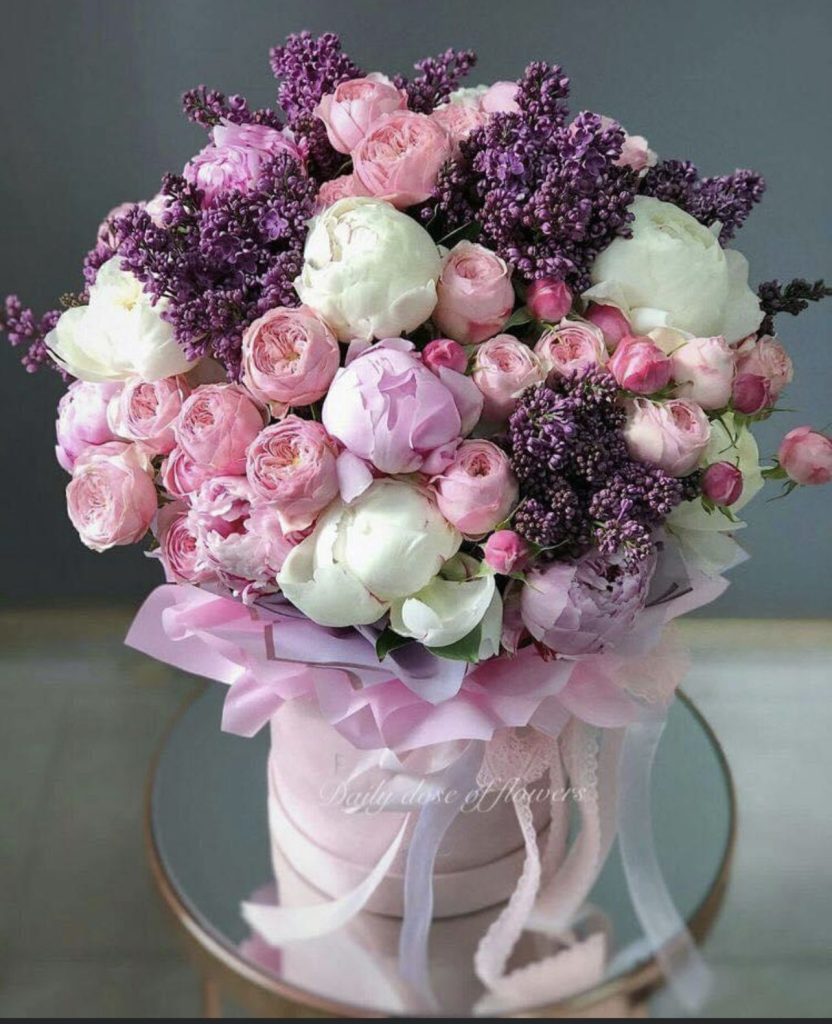
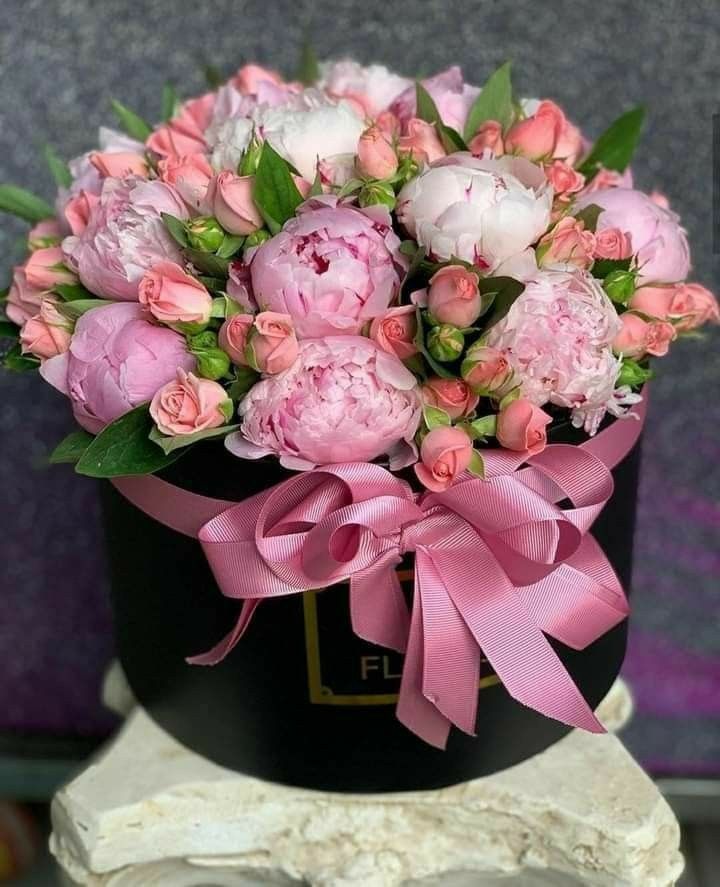
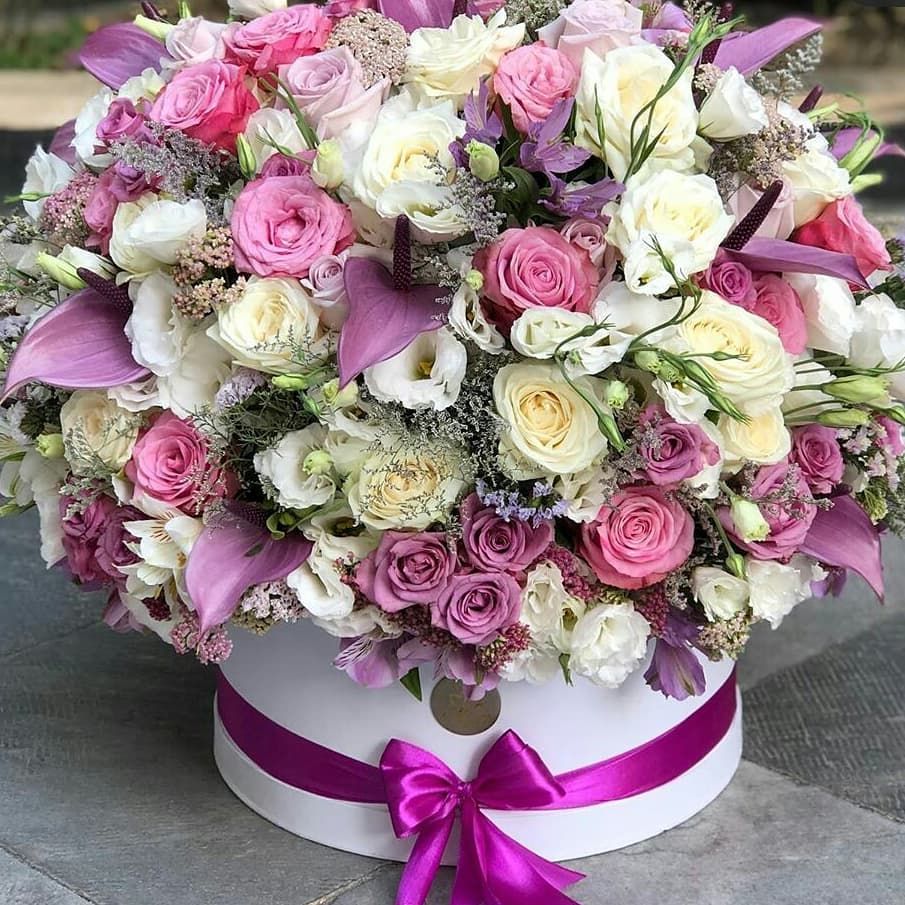
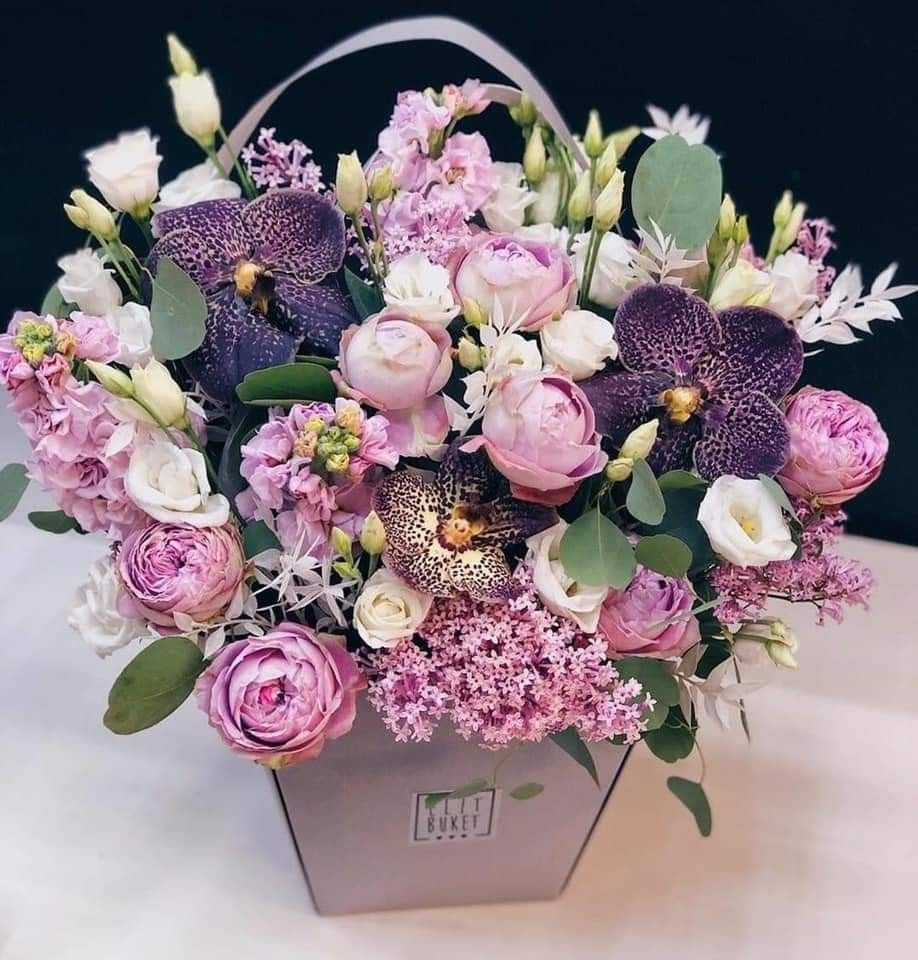
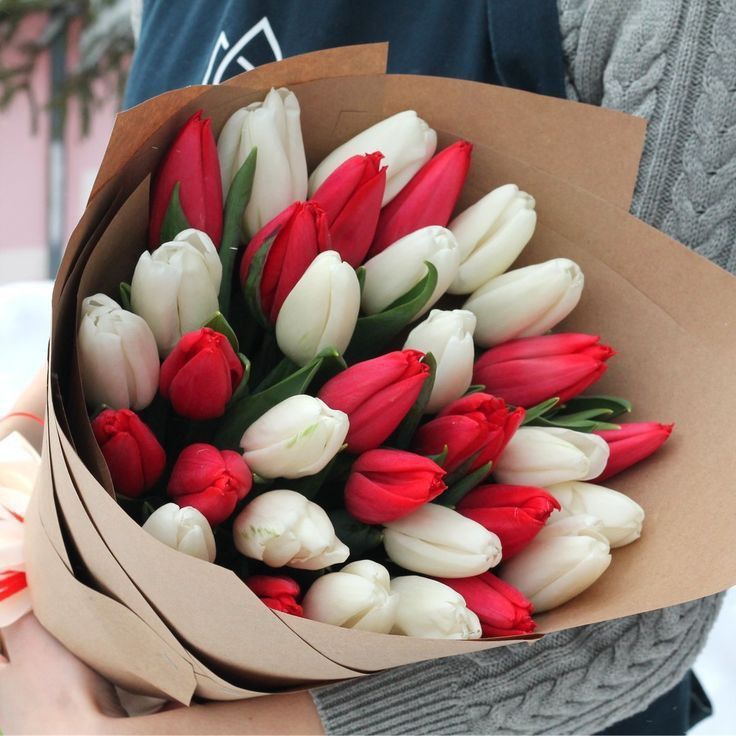
Understanding the Benefits of Rain Barrels
- Water Conservation:
- Reduce Water Usage: Harvesting rainwater reduces your reliance on municipal water sources, conserving water and reducing your water bill.
- Sustainable Gardening: Using rainwater in your garden is environmentally friendly and promotes sustainable gardening practices.
- Cost Savings:
- Lower Water Bill: By using harvested rainwater for your garden, you can significantly reduce your water bill over time.
- Reduced Energy Costs: Lowering water usage also reduces the energy required for water treatment and transportation.
- Environmental Benefits:
- Reduce Runoff: Harvesting rainwater helps reduce stormwater runoff, which can lead to soil erosion and water pollution.
- Promote Soil Health: Rainwater is free of chlorine and other chemicals found in tap water, making it better for your plants and soil.
Choosing the Right Rain Barrel
- Size and Capacity:
- Assess Your Needs: Determine the size and capacity of the rain barrel based on your garden size, water usage, and available space.
- Consider Multiple Barrels: If space allows, consider using multiple rain barrels to maximize water storage capacity.
- Material and Design:
- Durable Materials: Choose rain barrels made of durable materials like UV-resistant plastic, fiberglass, or metal to ensure longevity.
- Aesthetic Appeal: Select a design and color that complements your garden’s aesthetic and blends seamlessly with your outdoor space.
- Features and Accessories:
- Overflow System: Look for rain barrels with an overflow system to redirect excess water away from your foundation.
- Screen or Filter: Opt for rain barrels with a screen or filter to prevent debris, insects, and mosquitoes from entering the barrel.
Setting Up Your Rain Barrel System
- Placement and Positioning:
- Level Ground: Place the rain barrel on level ground to ensure stability and proper water distribution.
- Gutter Connection: Position the rain barrel under a downspout to collect rainwater directly from your roof.
- Installation Steps:
- Gutter Modification: Install a diverter or downspout connector to direct rainwater into the rain barrel.
- Secure Fittings: Ensure all fittings and connections are secure to prevent leaks and maximize water collection.
- Elevate if Needed: If necessary, elevate the rain barrel to increase water pressure for easier watering.
Maintaining Your Rain Barrel
- Regular Inspection:
- Check for Leaks: Regularly inspect the rain barrel for cracks, leaks, or damage and repair as needed.
- Clean Screen or Filter: Clean the screen or filter regularly to remove debris and maintain water quality.
- Seasonal Maintenance:
- Winter Precautions: Empty and disconnect the rain barrel before winter to prevent freezing and potential damage.
- Spring Cleaning: Clean and sanitize the rain barrel in spring before refilling with fresh rainwater for the new gardening season.
Conclusion
Using rain barrels for water conservation is a simple and effective way to reduce water usage, lower your water bill, and promote sustainable gardening practices. By understanding the benefits of rain barrels, choosing the right barrel for your needs, setting up your rain barrel system properly, and maintaining it regularly, you can harvest rainwater to nourish your garden while contributing to a healthier environment.
So, why not start harvesting rainwater today? With a rain barrel system in place, you can enjoy the benefits of free, natural water for your garden while making a positive impact on the environment. Happy gardening!